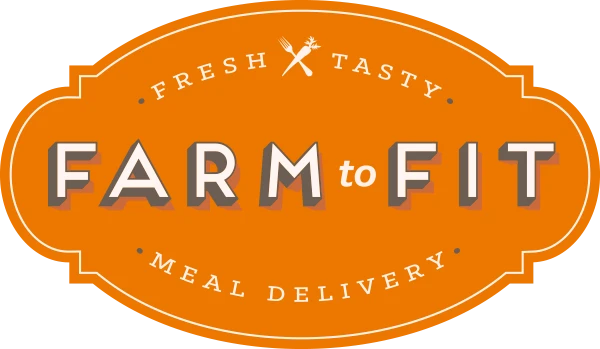Are You Using Your Crisper Drawers Wrong?
Posted on

Ever wondered what those mysterious drawers at the bottom of your fridge are really for—besides hiding wilted spinach and forgotten lemons?
If you’re like most people, your refrigerator’s crisper drawers are just a catch-all for random produce—maybe a bag of mystery vegetable and a couple of apples rolling around. But these drawers aren’t just extra storage; they’re designed to help extend the life of your fruits and vegetables by controlling humidity levels. If used correctly, they can reduce food waste and save you money.
Here’s how to make the most of your crisper drawers:
1. Understand How Crisper Drawers Work
Most refrigerators come with two crisper drawers, each with an adjustable humidity setting. The key is knowing which settings work best for different types of produce.
- High Humidity (Vent Closed) – This setting keeps moisture in the drawer, which is ideal for vegetables that tend to dry out.
- Low Humidity (Vent Open) – This setting allows moisture and gases to escape, preventing fruits from ripening too quickly.
2. Set Up Your Crisper Drawers for Maximum Freshness
High Humidity Drawer (Vent Closed) – Best for vegetables that wilt easily and need moisture.
Store:
✔️ Leafy greens (lettuce, spinach, kale)
✔️ Broccoli
✔️ Carrots
✔️ Peppers
✔️ Cucumbers
✔️ Herbs (wrapped in a damp paper towel)
Low Humidity Drawer (Vent Open) – Best for fruits and vegetables that emit ethylene gas, which speeds up ripening.
Store:
✔️ Apples
✔️ Berries
✔️ Citrus fruits (oranges, lemons, limes)
✔️ Grapes
✔️ Peaches
✔️ Avocados (once ripe)
Pro-Tip: Keep ethylene-producing fruits (like apples and bananas) away from ethylene-sensitive vegetables (like lettuce), as the gas can make veggies spoil faster.
3. Avoid Common Crisper Drawer Mistakes
🚫 Overcrowding – Airflow is crucial for freshness, so don’t pack the drawers too full.
🚫 Mixing Fruits and Vegetables – Ethylene from fruits can make some veggies spoil faster.
🚫 Leaving Dirty Produce – Wash and dry leafy greens before storing, but don’t wash berries until you’re ready to eat them (moisture speeds up mold growth).
🚫 Forgetting What’s Inside – Keep an inventory or use clear containers to avoid forgotten, spoiled produce.
4. Bonus: Use Crisper Drawers for More Than Just Produce
If you have extra space, you can use a crisper drawer for other fridge-friendly storage solutions like cheese and deli meats (in a humidity-controlled space) or soft tortillas or pita bread (to prevent drying out).
5. Final Takeaway: A Simple Change for Longer-Lasting Produce
Using your crisper drawers properly can make a huge difference in how long your fruits and vegetables stay fresh. By simply setting one drawer to high humidity for vegetables and the other to low humidity for fruits, you’ll keep your produce fresher, reduce waste, and save money.
Next time you unpack your groceries, take a moment to organize your crisper drawers—your future self (and your wallet) will thank you!
Want More Fresh Tips? 🥬
Get recipes, kitchen hacks, and exclusive meal delivery deals delivered right to your inbox!
